A traveler’s guide to Europe, Asia, and Latin America
International travel used to come with a familiar ritual: land, scramble for Wi-Fi, hunt for a SIM kiosk, and hope the tiny plastic card doesn’t vanish into the airport carpet.
Today, a travel eSIM turns that whole routine into a quiet little magic trick: you activate digitally, connect instantly, and keep moving.
Not every destination feels equally “effortless,” though. The smoothest eSIM experiences tend to happen in countries with strong mobile infrastructure, multiple carrier partners, reliable 4G/5G coverage, and travel-friendly connectivity.
Below are 10 countries where eSIM travel feels particularly friction-free, with a focus on Europe, Asia, and Latin America.
Quick jump:
Tip: For the smoothest start, install your eSIM before you fly (on Wi-Fi), then enable Data Roaming on the eSIM line when you arrive.
 1. France
1. France
Why it’s eSIM-friendly: Excellent nationwide coverage, fast LTE and 5G in major areas, and a travel-ready network environment.
France is the kind of destination where eSIM travel feels almost invisible. You can step off the plane in Paris, disable airplane mode, and immediately pull up transit routes,
reserve museum tickets, message your hotel, and navigate the city without bargaining with a SIM vendor. Connectivity stays reliable beyond the capital too, which is a big win
for travelers heading to the Loire Valley, Normandy, or the lavender-scented lanes of Provence.
Best for: City breaks, food-and-culture itineraries, rail travel.
 2. Germany
2. Germany
Why it’s eSIM-friendly: Strong infrastructure, multiple carrier options, and excellent connectivity along major transit routes.
Germany is built for movement: ICE trains, efficient city transit, and road trips that turn into spontaneous detours. A travel eSIM shines here because you can stay connected
through big hubs like Berlin, Munich, and Frankfurt while also keeping dependable data for navigation in smaller towns. If you’re crossing borders into Austria, the Czech Republic,
or beyond, eSIM convenience compounds fast: fewer plan changes, fewer “why isn’t this working” moments.
Best for: Multi-country trips, business travel, train-heavy itineraries.
 3. Czech Republic
3. Czech Republic
Why it’s eSIM-friendly: Excellent coverage in tourist areas, strong urban speeds, and easy connectivity for short stays.
The Czech Republic is compact, traveler-friendly, and wonderfully walkable, which makes it a perfect match for eSIM convenience. In Prague, you’ll likely use data constantly:
tram schedules, restaurant reservations, translation, tickets, and maps for wandering Old Town and beyond. With an eSIM, your phone stays reliably connected without requiring any
SIM swapping, even if your trip includes day trips or onward train travel into neighboring countries.
Best for: Weekend escapes, cultural tourism, rail routes from Western Europe into Central Europe.
 4. Japan
4. Japan
Why it’s eSIM-friendly: Advanced mobile networks, dense coverage, and eSIM convenience that avoids the “SIM counter puzzle” for visitors.
Japan is a dream for connected travel: precise transit, cashless options, and helpful apps for everything. It’s also a place where visitors often want data immediately to navigate
stations, translate menus, and coordinate reservations. A travel eSIM is ideal because you can install before departure and land with a working connection, no airport line required.
Whether you’re riding the Shinkansen, exploring Tokyo neighborhoods, or mapping out Kyoto temples, eSIM connectivity keeps the trip flowing.
Best for: First-time Asia travelers, solo travel, city exploration.
 5. South Korea
5. South Korea
Why it’s eSIM-friendly: Fast data speeds, strong coverage, and a tech-forward travel experience that depends on mobile connectivity.
South Korea makes “always connected” feel normal. Travelers use mobile data for navigation, translation, food delivery, ride-hailing, and on-the-fly planning. With a travel eSIM,
you can keep your trip moving smoothly from Seoul’s neighborhoods to coastal escapes like Busan. If you create content, you’ll appreciate the stability for uploads and messaging.
If you’re traveling for business, you’ll appreciate the reliability for calls and meetings.
Best for: Tech-forward travel, remote work, content creators.
 6. Thailand
6. Thailand
Why it’s eSIM-friendly: Strong networks in tourist corridors, reliable data in major cities, and a travel style that benefits from instant activation.
Thailand is a favorite for a reason: it’s welcoming, vibrant, and surprisingly connected. Whether you’re navigating Bangkok, booking ferries to islands, or working from Chiang Mai,
data is the backbone of a smooth trip. A travel eSIM helps you skip the airport SIM shuffle and keeps you connected as you hop between regions. It’s also perfect for travelers who
rely heavily on maps and messaging while moving day-to-day.
Best for: Backpackers, island hoppers, digital nomads.
 7. Spain
7. Spain
Why it’s eSIM-friendly: Strong 4G/5G coverage in major destinations, excellent transit connectivity, and effortless multi-city travel.
Spain is built for roaming the fun way: Barcelona to Madrid, Seville to Valencia, then maybe a last-minute coastal detour. With an eSIM, you don’t have to think about connectivity
every time you move cities. You can keep your maps and bookings live, share travel updates, and coordinate plans without hunting for local SIM solutions. If your trip extends across
borders (Portugal, France), an eSIM keeps the “same phone, same flow” experience going.
Best for: Multi-city vacations, festival travel, train routes.
 8. Mexico
8. Mexico
Why it’s eSIM-friendly: Strong coverage in cities and popular destinations, great value for travelers, and easy setup without in-person SIM purchases.
Mexico is one of the best Latin American countries for eSIM travel because it combines huge traveler demand with practical connectivity. In Mexico City, mobile data is essential for
navigation, ride-hailing, and restaurant planning. In beach regions like Cancún or Playa del Carmen, travelers often bounce between Wi-Fi and mobile data, making flexible eSIM access
especially handy. An eSIM is also useful for road trips where you want dependable navigation without depending on spotty public Wi-Fi.
Best for: Beach vacations, city breaks, road trips.
 9. Colombia
9. Colombia
Why it’s eSIM-friendly: Improving networks, excellent connectivity in major cities, and a growing digital-nomad scene.
Colombia has become a hotspot for travelers who want culture, scenery, and great long-stay value. In cities like Medellín and Bogotá, reliable data makes daily travel easier:
maps, messaging, translations, and work calls. A travel eSIM removes the need to navigate local SIM rules and keeps connectivity consistent as you explore different neighborhoods
or move between destinations.
Best for: Remote workers, city explorers, longer stays.
 10. Brazil
10. Brazil
Why it’s eSIM-friendly: Strong carrier competition in major cities and a travel style that benefits from consistent connectivity across large distances.
Brazil is big, bold, and sprawling, which makes SIM swapping especially annoying if your itinerary includes multiple cities. With an eSIM, you can move between major hubs like
São Paulo and Rio while keeping your navigation, plans, and communication stable. For travelers coordinating tours, transportation, or group plans, reliable data is the difference
between smooth logistics and frantic WhatsApp scrambling.
Best for: Multi-city trips, long-distance travel, business + leisure itineraries.
Why eSIMs Make Travel Effortless in These Countries
Across Europe, Asia, and Latin America, these destinations share a few important traits that make eSIM travel feel frictionless:
- Strong mobile infrastructure with reliable 4G/5G service in key travel zones
- Multiple carrier partners, giving your eSIM more options to connect
- Travel-ready coverage across transit routes, city centers, and popular tourist regions
- Easy cross-border movement (especially in Europe) where eSIMs avoid SIM swapping hassles
Why OneSimCard Is a Great Fit for Multi-Country Trips
If your itinerary includes more than one country, the convenience of an eSIM multiplies quickly. OneSimCard is designed for travelers who want dependable connectivity without the
usual logistics headache:
- Coverage in 200+ destinations
- One eSIM for multi-country travel (no swapping tiny plastic cards)
- No contracts or subscriptions
- Free incoming SMS
- Optional voice calling with the OneSimVoIP app
- Multi-network access to help maintain a strong connection on the move
✈️ Final Thoughts
The best trips are the ones where your phone quietly does its job in the background: maps load, tickets appear, translations work, messages go through, and you never have to
think about SIM trays or roaming surprises. In the 10 countries above, a travel eSIM is one of the simplest upgrades you can make for smoother travel.
Ready to stay connected effortlessly?
Activate your OneSimCard eSIM
and enjoy reliable data across borders with less hassle.


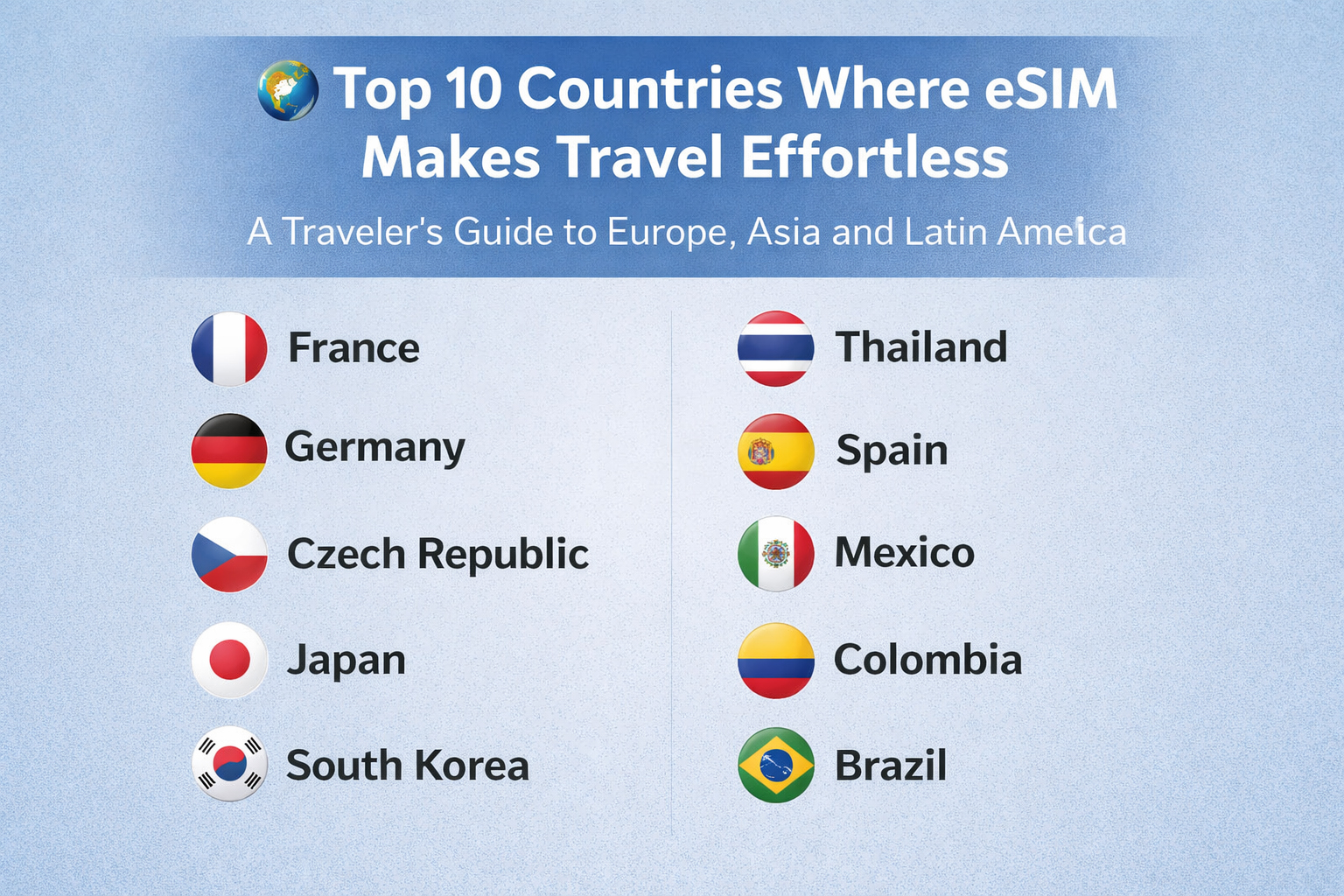

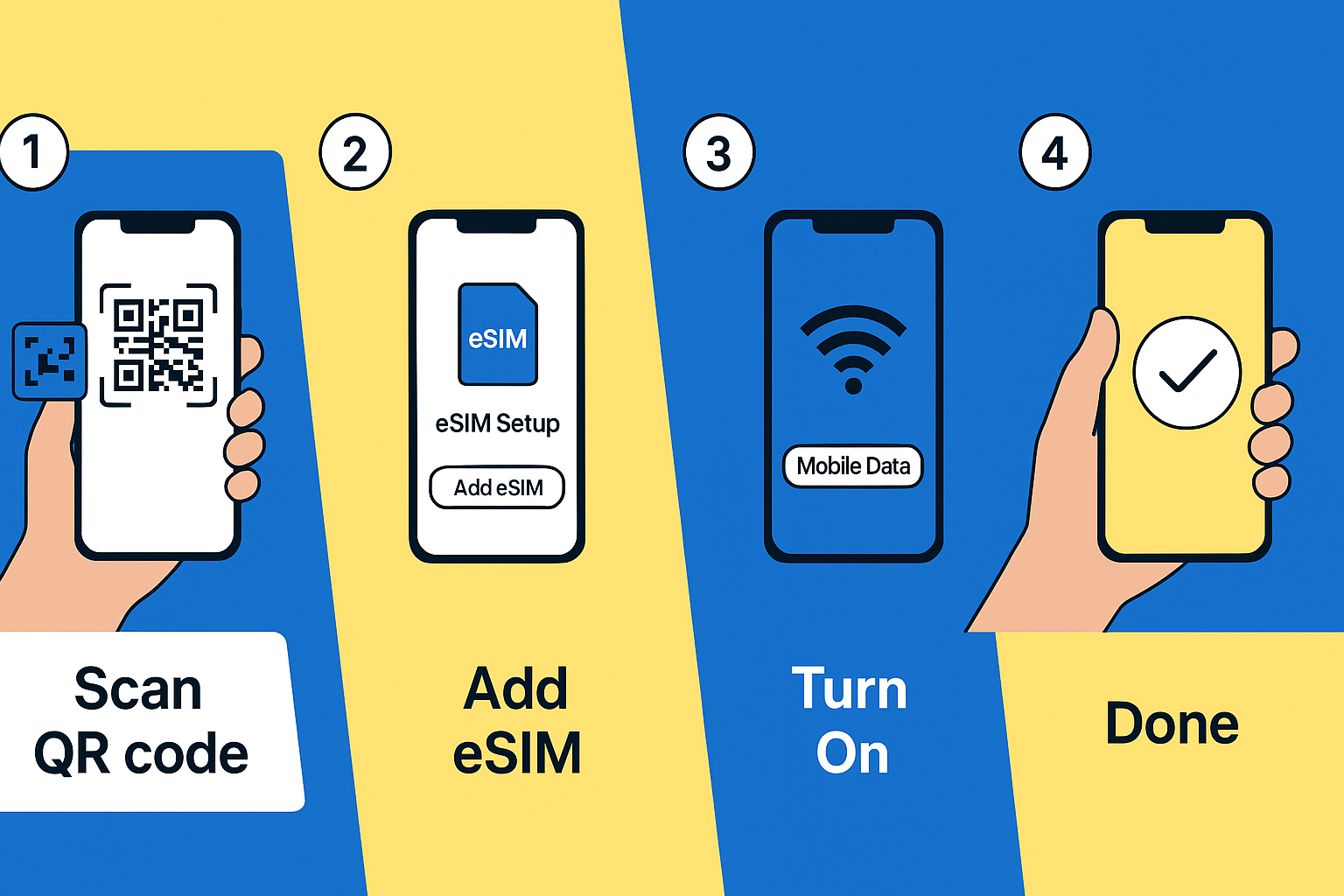
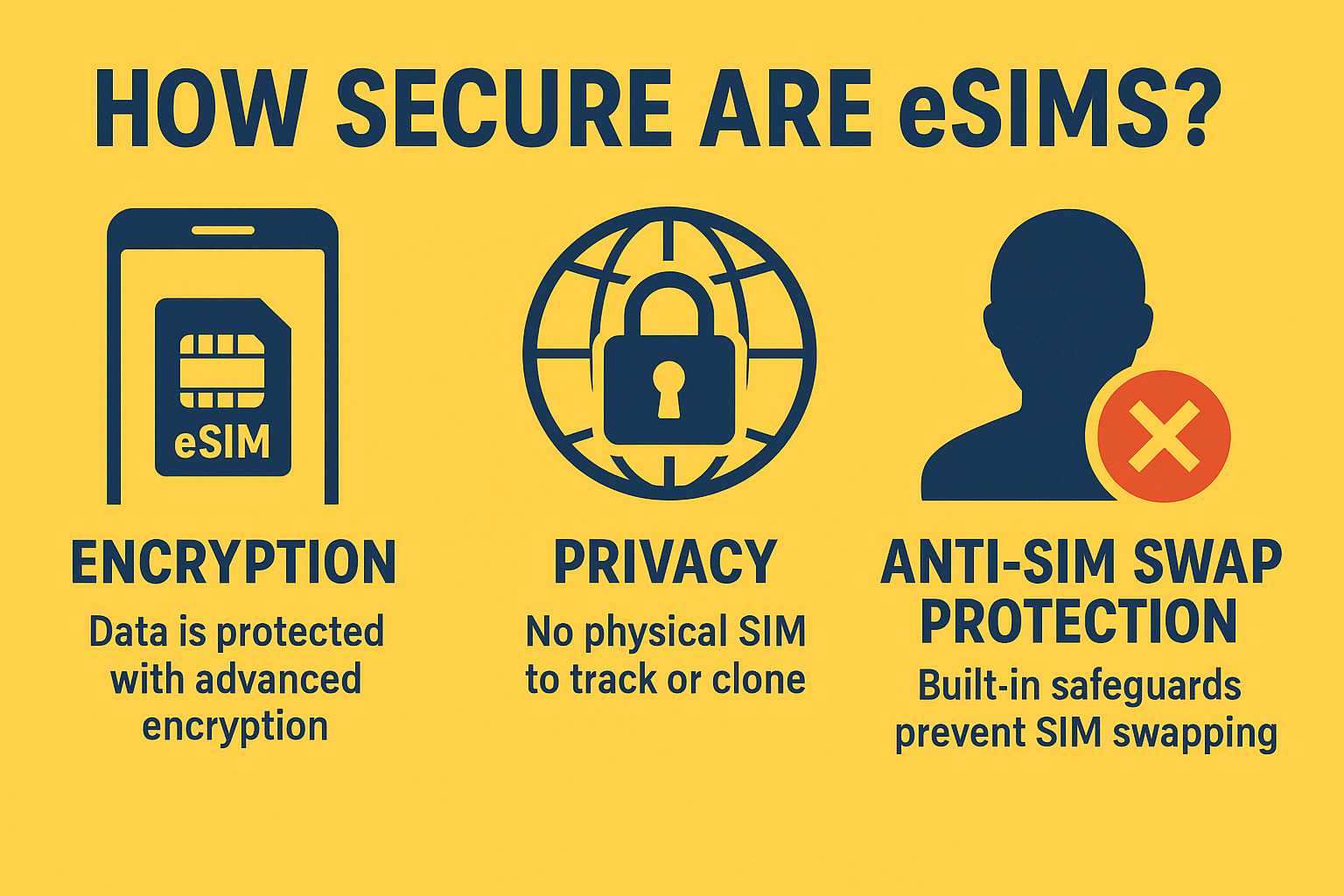
 Myth #1: “eSIMs Make You Easier to Track”
Myth #1: “eSIMs Make You Easier to Track” Myth #2: “eSIMs Are Vulnerable to Hacking”
Myth #2: “eSIMs Are Vulnerable to Hacking”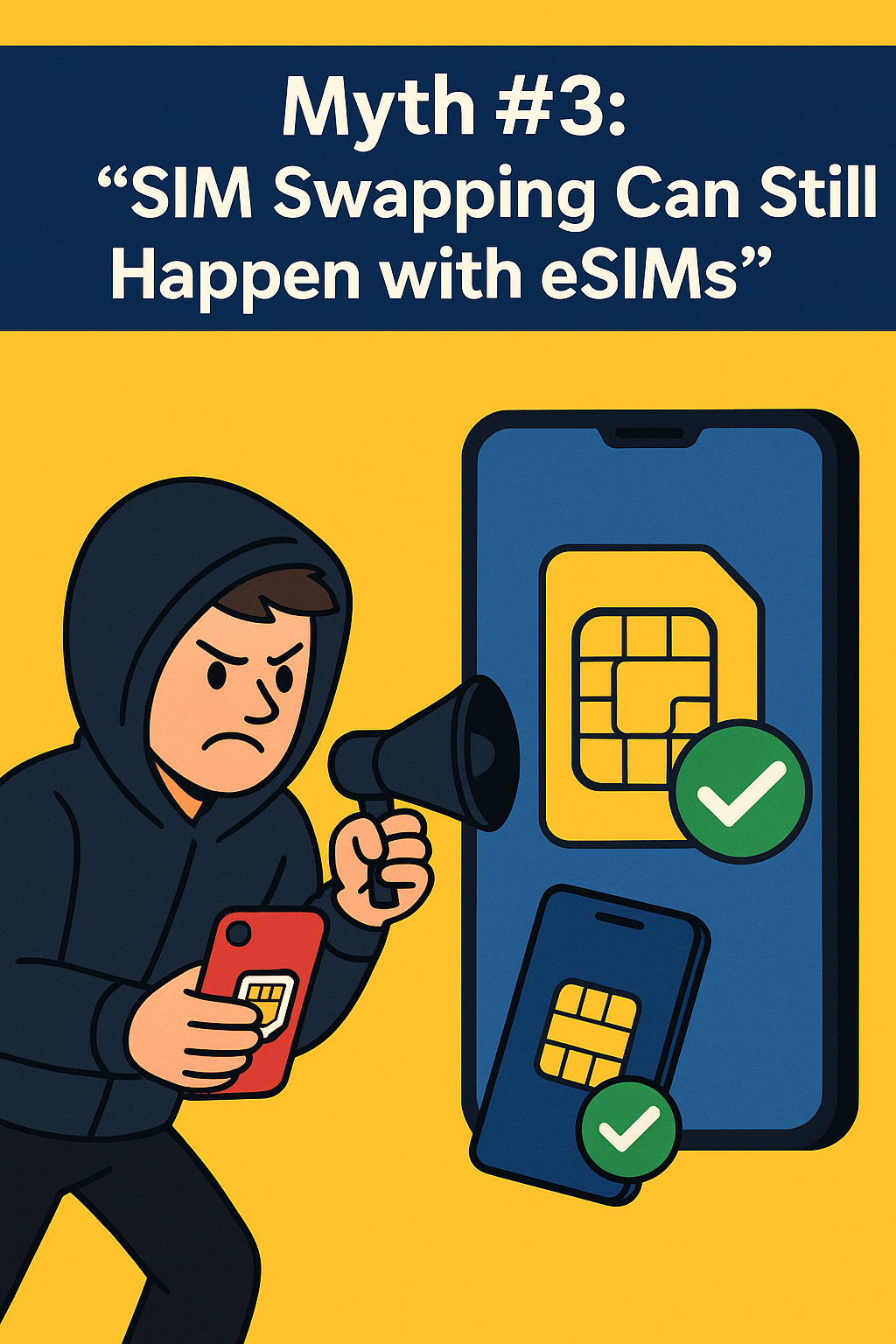 Myth #3: “SIM Swapping Can Still Happen with eSIMs”
Myth #3: “SIM Swapping Can Still Happen with eSIMs”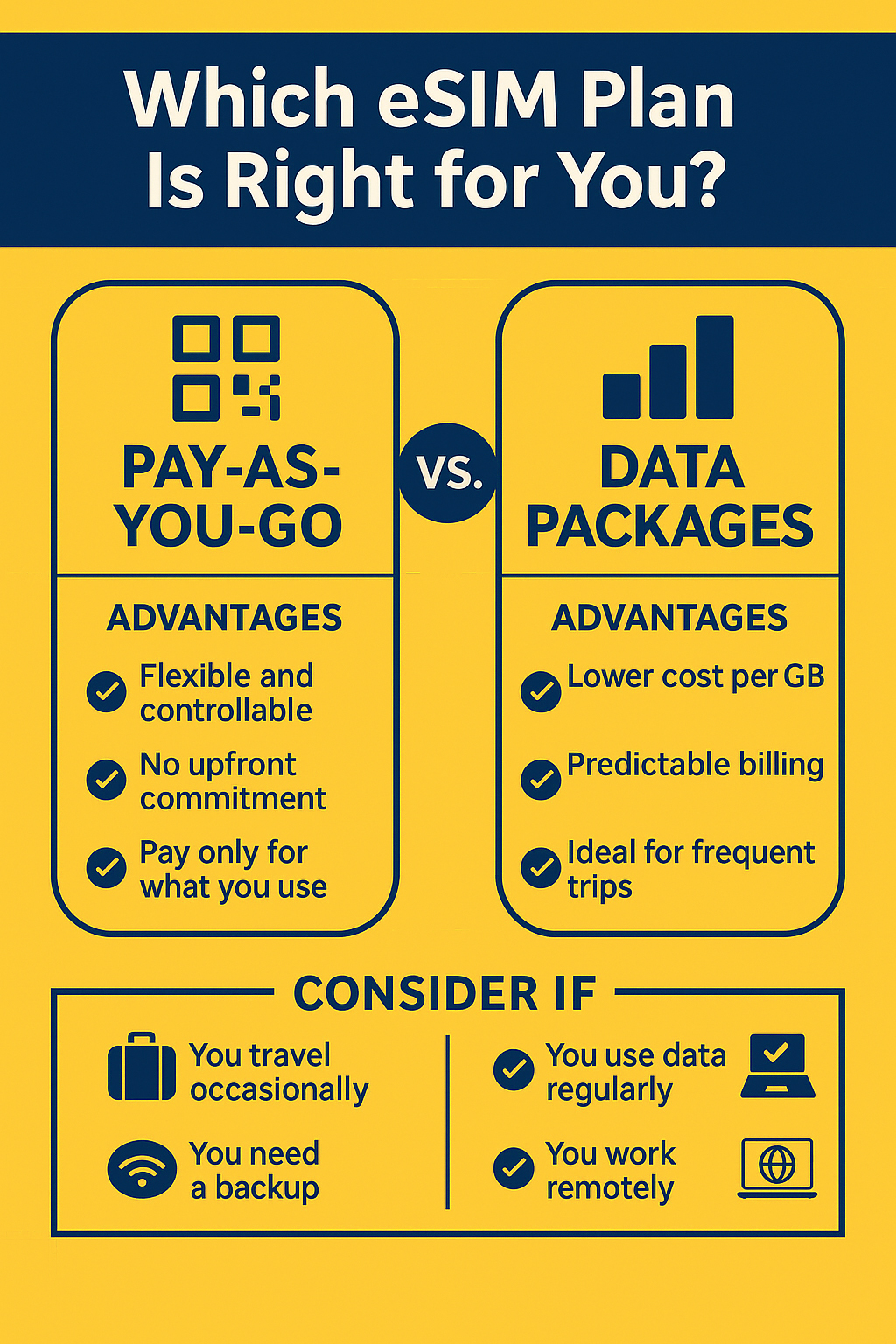
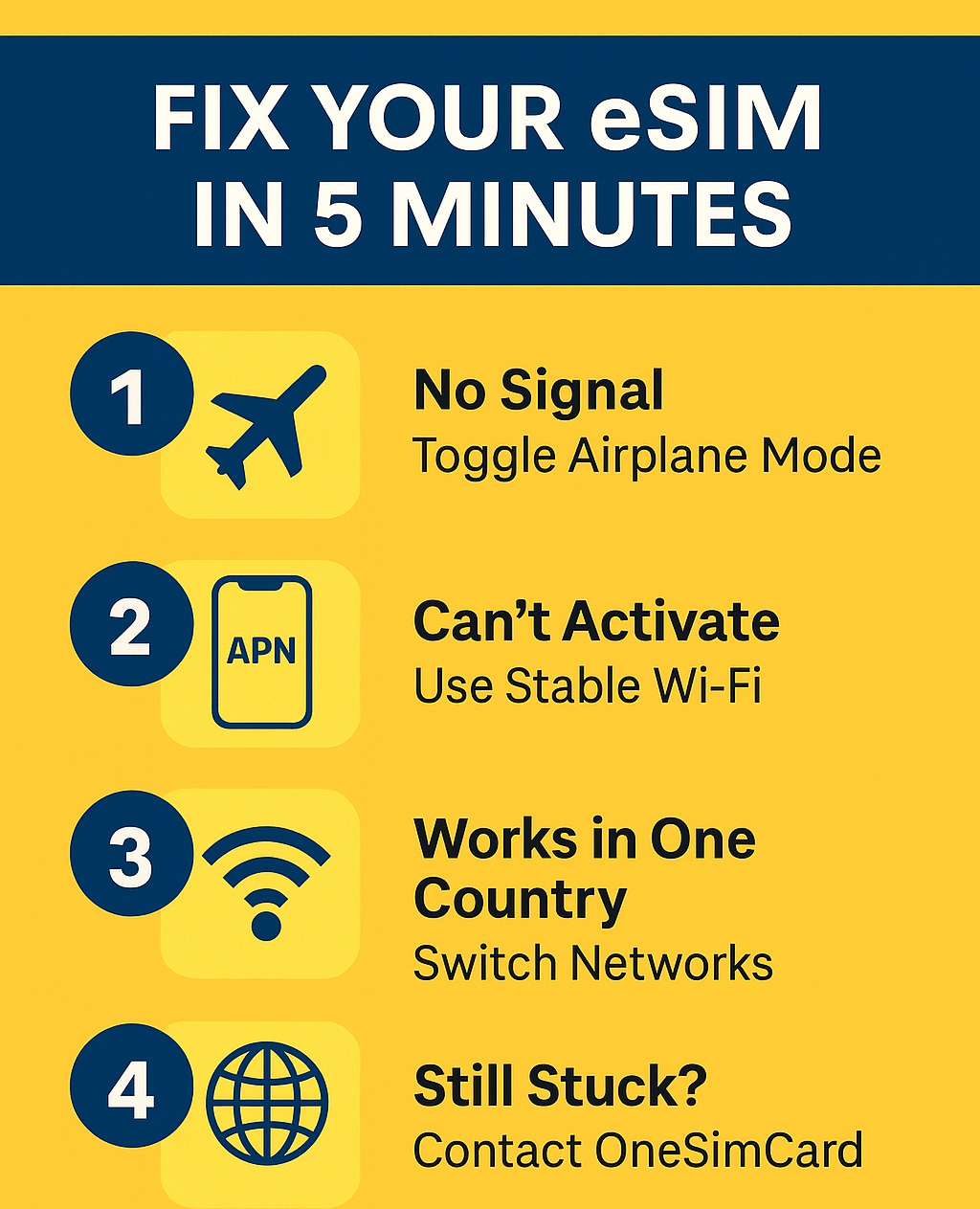 Real-World Help for Travelers: Signal Loss, APN Setup & More. Troubleshooting eSIMs is simple!
Real-World Help for Travelers: Signal Loss, APN Setup & More. Troubleshooting eSIMs is simple!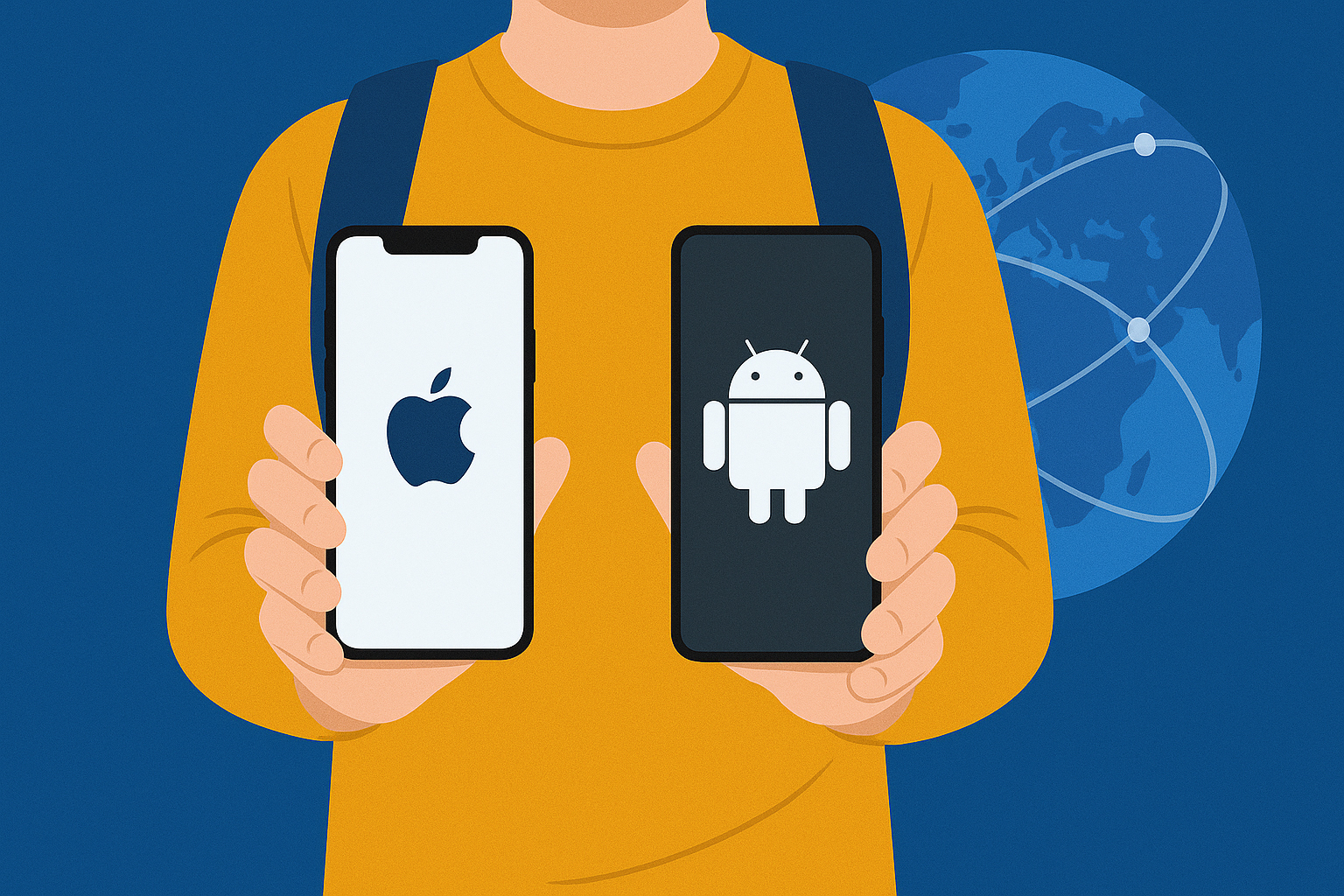
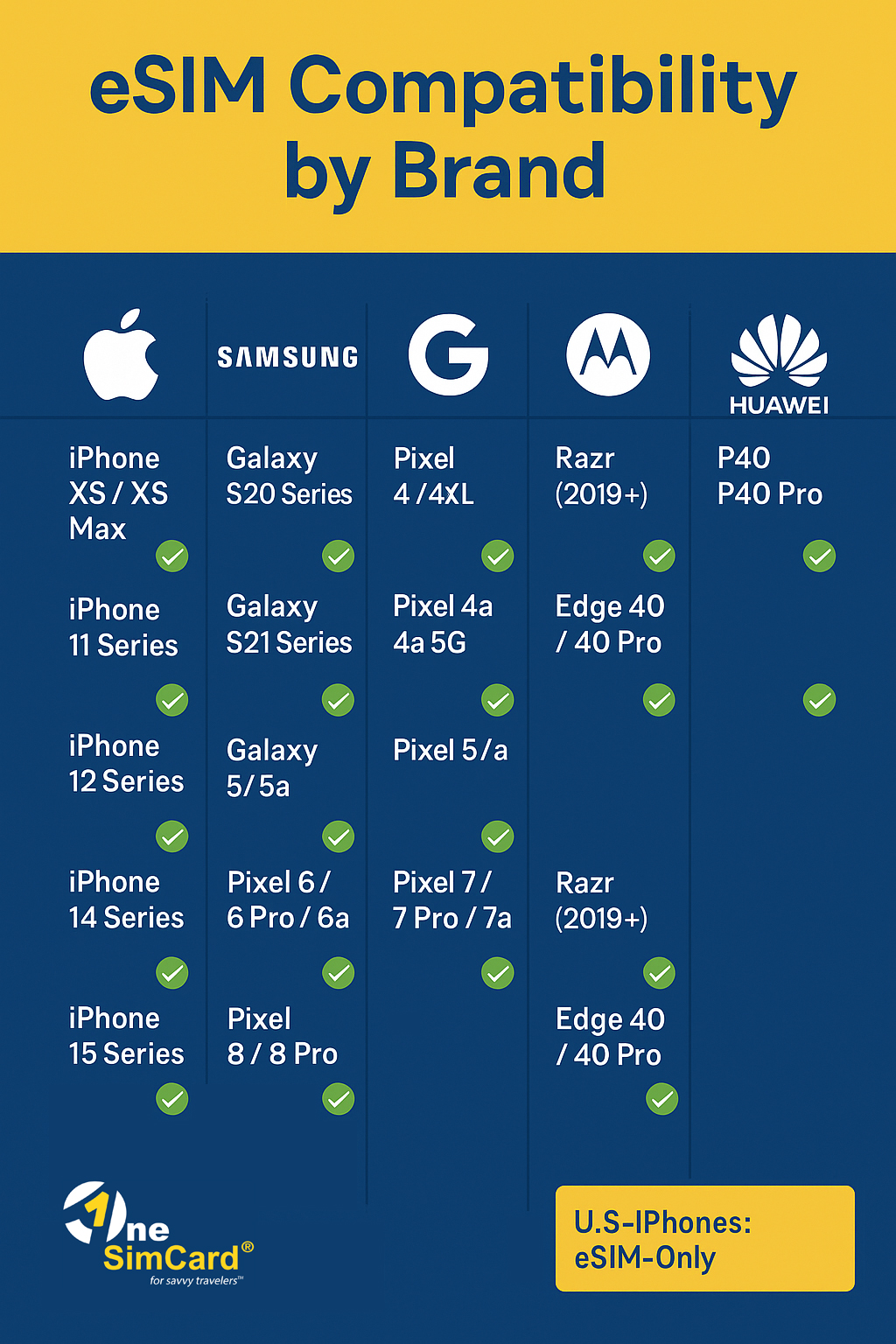
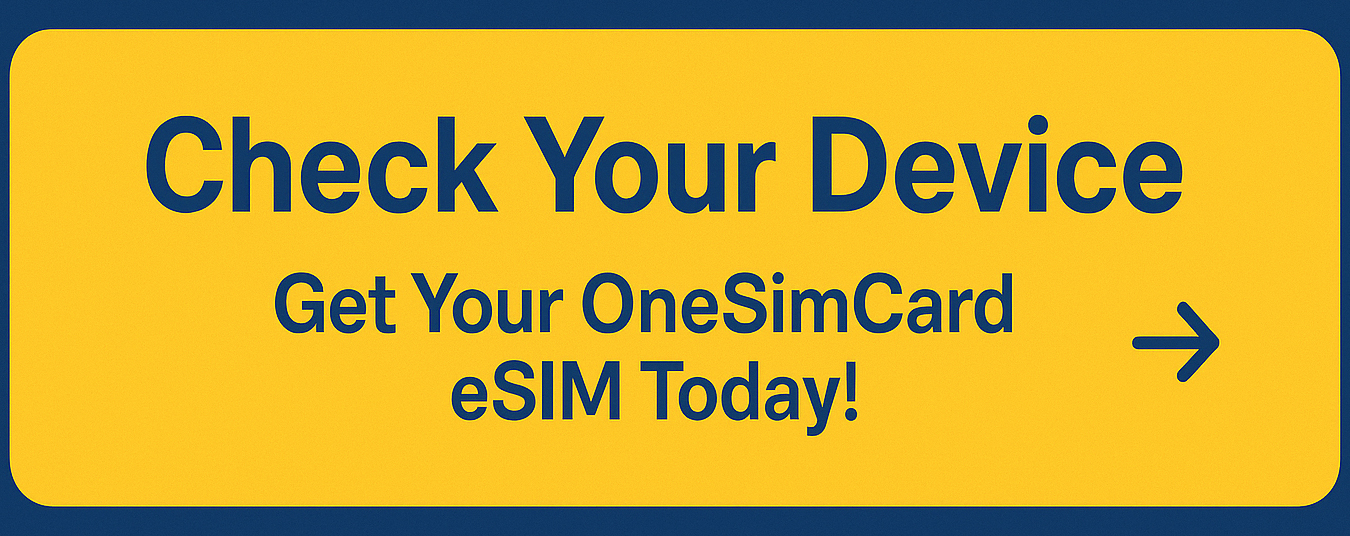
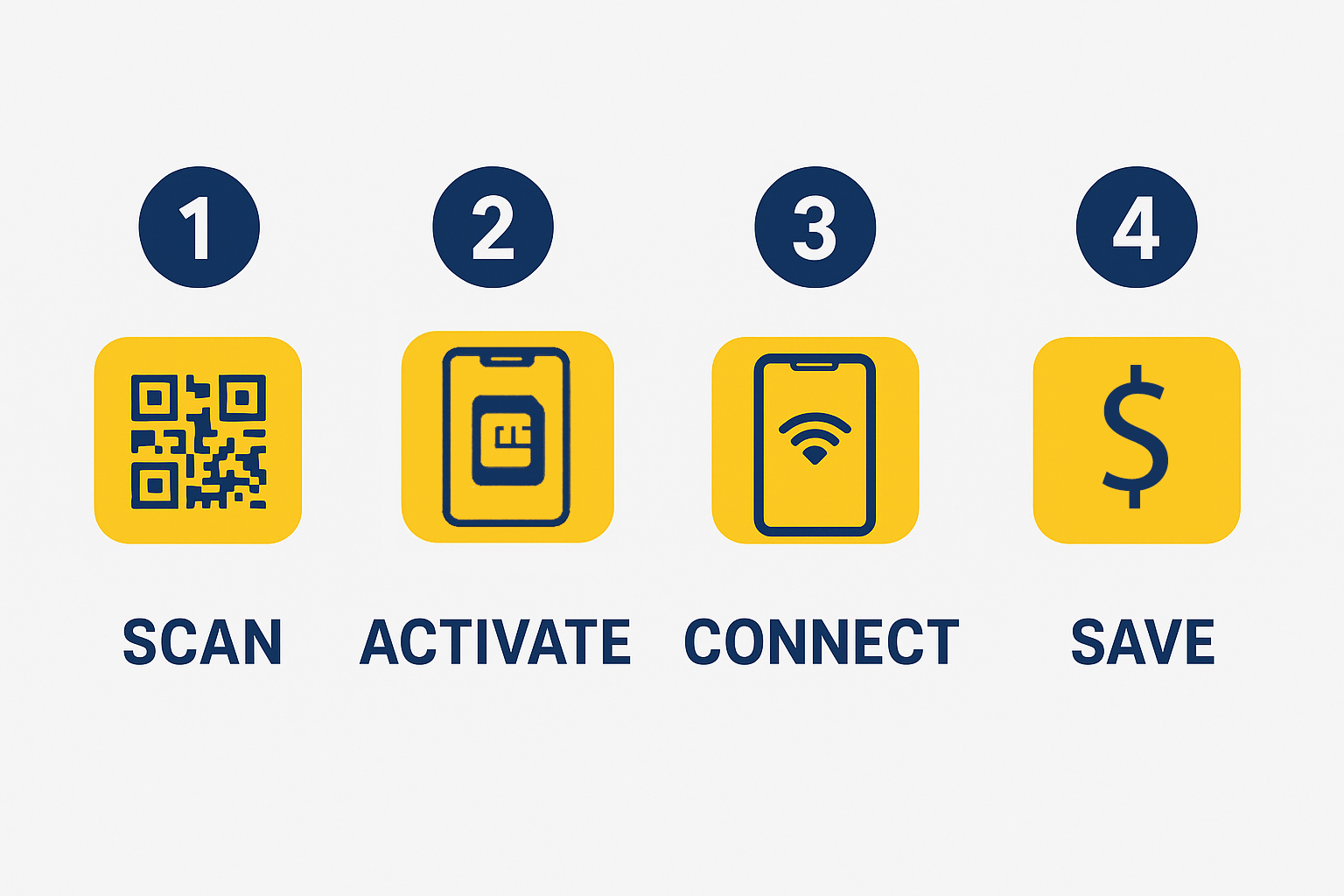

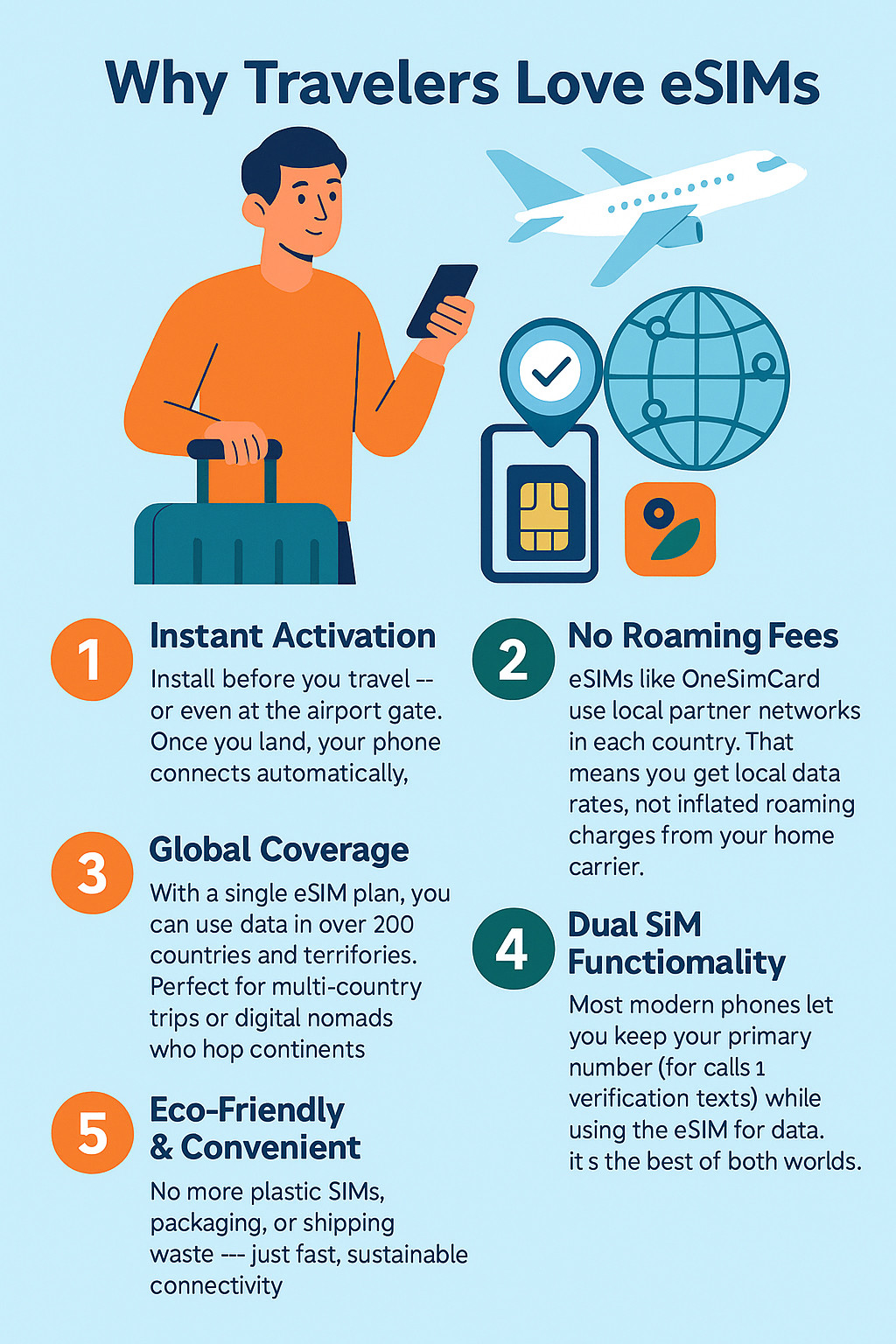
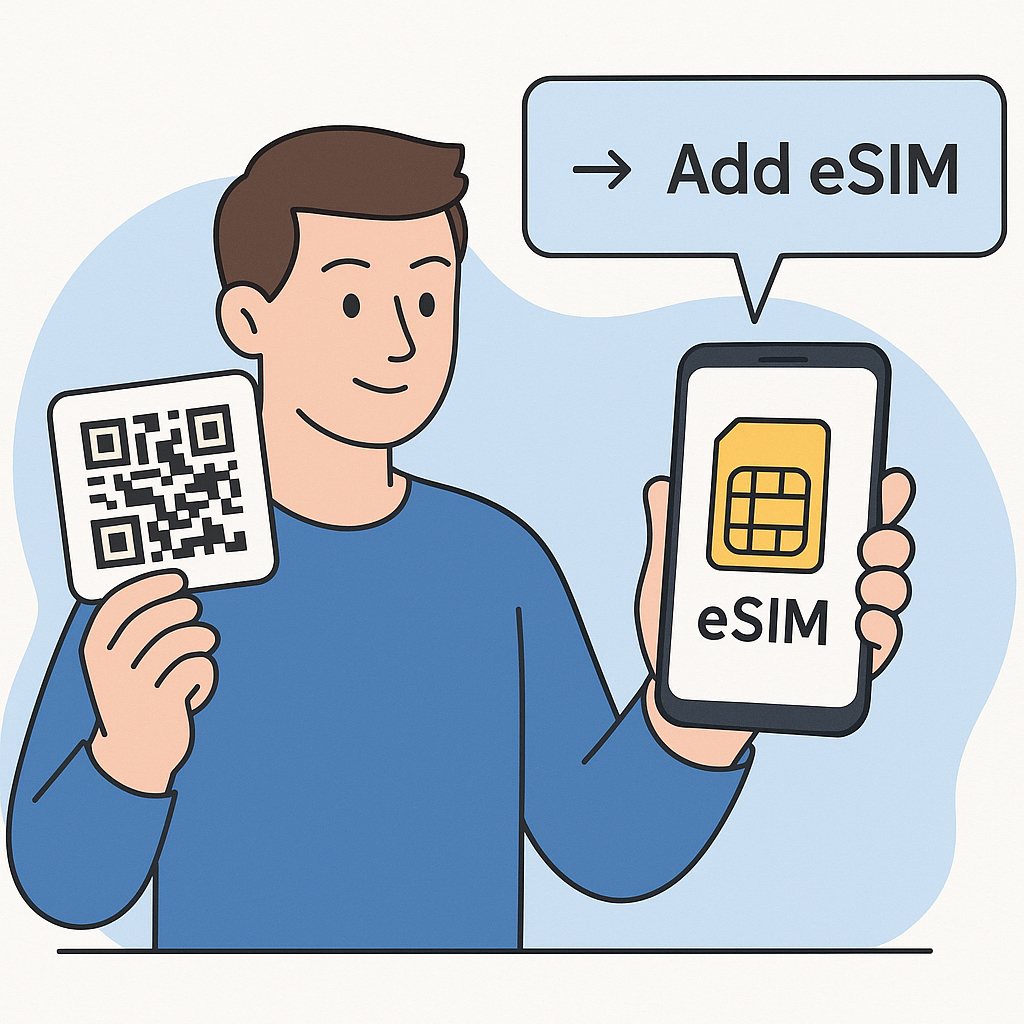



 Europe is one of the top regions where an eSIM outshines local SIMs. A traveler hopping from Paris to Rome to Berlin would otherwise need to buy separate SIM cards in each country — or face the headache of EU carrier restrictions.
Europe is one of the top regions where an eSIM outshines local SIMs. A traveler hopping from Paris to Rome to Berlin would otherwise need to buy separate SIM cards in each country — or face the headache of EU carrier restrictions. Japan is famous for its high-tech infrastructure, but buying a local SIM can be surprisingly complicated. Many kiosks require proof of residency, and English support can be limited.
Japan is famous for its high-tech infrastructure, but buying a local SIM can be surprisingly complicated. Many kiosks require proof of residency, and English support can be limited. Brazil has strict rules around SIM card registration — often requiring a national ID (CPF). For international visitors, this makes buying a local SIM nearly impossible.
Brazil has strict rules around SIM card registration — often requiring a national ID (CPF). For international visitors, this makes buying a local SIM nearly impossible. India offers affordable mobile data, but buying a local SIM involves passport verification, paperwork, and waiting for activation — often up to 24 hours.
India offers affordable mobile data, but buying a local SIM involves passport verification, paperwork, and waiting for activation — often up to 24 hours. Australia’s vast geography means coverage varies widely between carriers. Buying a local SIM locks you into one provider, which can be risky if you’re traveling outside big cities.
Australia’s vast geography means coverage varies widely between carriers. Buying a local SIM locks you into one provider, which can be risky if you’re traveling outside big cities. In the UAE, buying a prepaid SIM requires passport scans and sometimes hotel confirmations. Lines at airport kiosks can be long, especially during peak travel seasons.
In the UAE, buying a prepaid SIM requires passport scans and sometimes hotel confirmations. Lines at airport kiosks can be long, especially during peak travel seasons. Local SIMs in South Africa require in-person registration with ID verification. Availability can also be limited in smaller towns or rural areas which makes an eSIM with multiple network access critical.
Local SIMs in South Africa require in-person registration with ID verification. Availability can also be limited in smaller towns or rural areas which makes an eSIM with multiple network access critical. Turkey has strict telecom rules — local SIM cards often deactivate unless tied to a Turkish ID. For tourists, this makes local SIMs impractical.
Turkey has strict telecom rules — local SIM cards often deactivate unless tied to a Turkish ID. For tourists, this makes local SIMs impractical. Visitors to the U.S. often struggle with high roaming charges and confusing prepaid plans. Many local SIMs are tied to contracts or require a U.S. address for setup. This can make local SIMs impossible.
Visitors to the U.S. often struggle with high roaming charges and confusing prepaid plans. Many local SIMs are tied to contracts or require a U.S. address for setup. This can make local SIMs impossible. Buying a local SIM in China can be challenging for foreigners, requiring passport verification and sometimes long registration delays. Plus, certain services (like Google Maps or WhatsApp) are restricted on local networks.
Buying a local SIM in China can be challenging for foreigners, requiring passport verification and sometimes long registration delays. Plus, certain services (like Google Maps or WhatsApp) are restricted on local networks.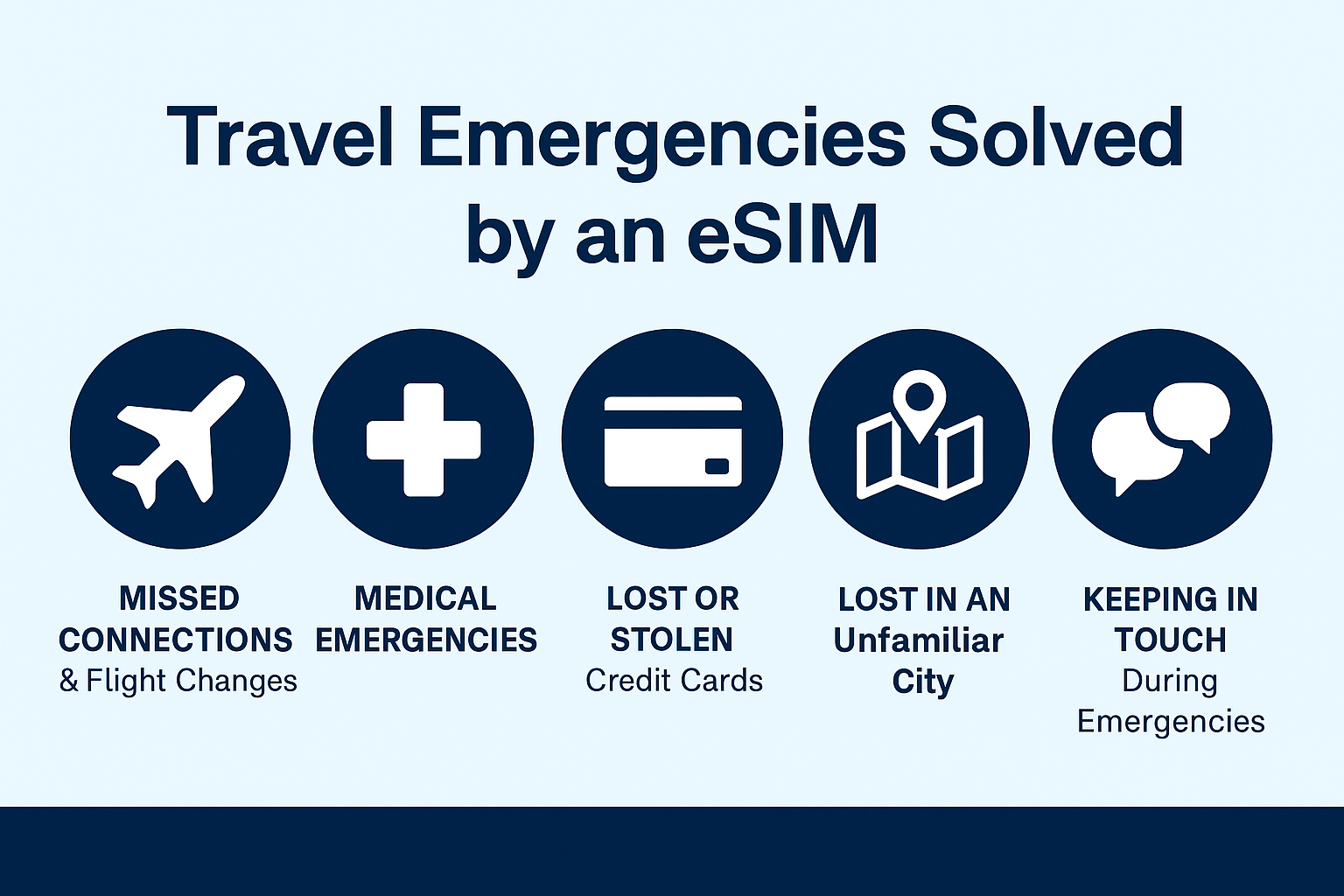
 1. Missed Connections and Flight Changes
1. Missed Connections and Flight Changes 2. Medical Emergencies Abroad
2. Medical Emergencies Abroad 3. Lost or Stolen Credit Cards
3. Lost or Stolen Credit Cards 4. Lost in an Unfamiliar City
4. Lost in an Unfamiliar City 5. Cancellations and Natural Disruptions
5. Cancellations and Natural Disruptions 6. Keeping in Touch During Emergencies
6. Keeping in Touch During Emergencies